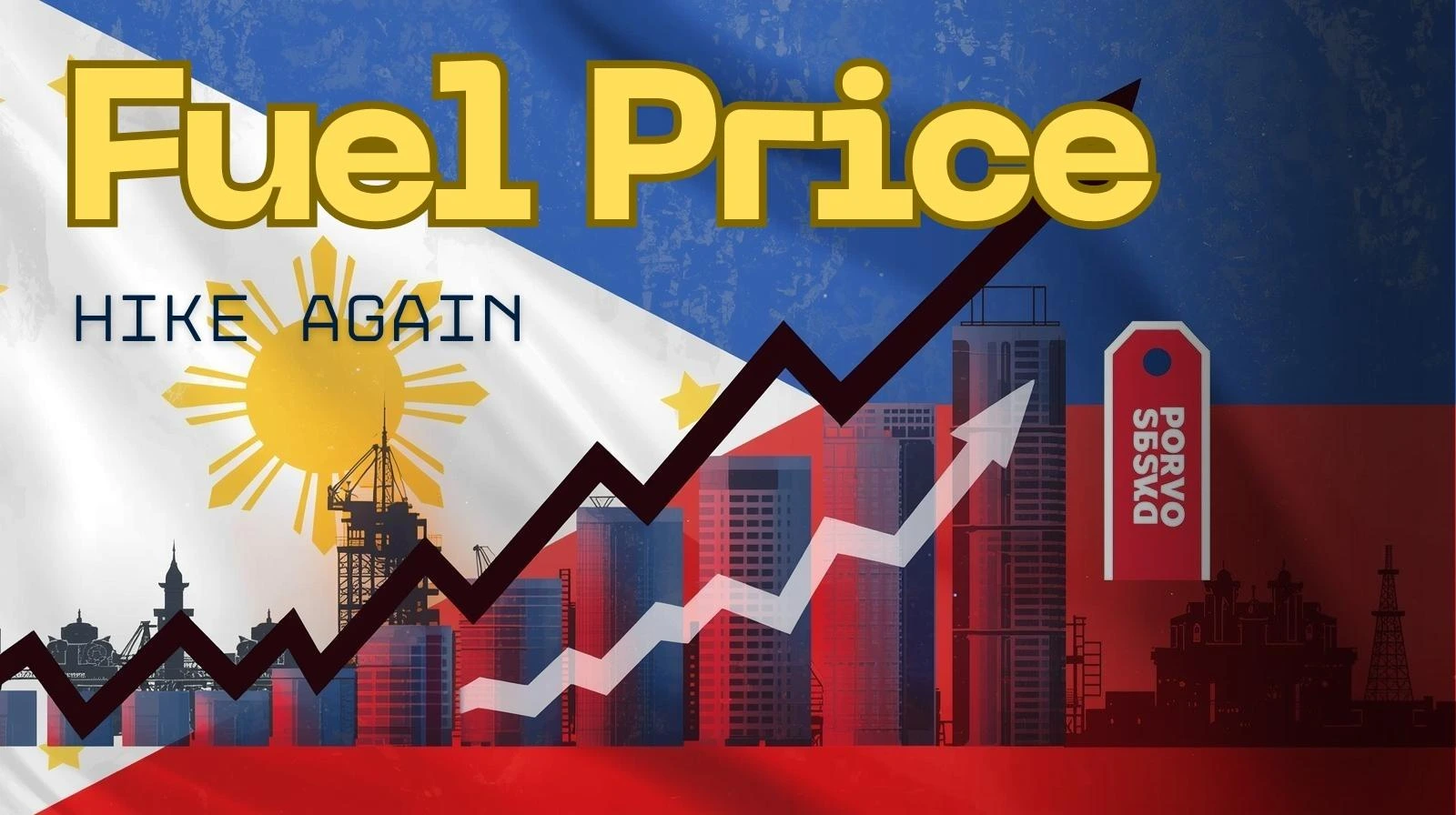Oil Prices Surge Again in Philippines: 4th Consecutive Weekly Hike in October 2025

Filipino motorists and consumers are bracing for another round of fuel price increases this week, as oil companies announce fresh hikes effective Tuesday, October 28, 2025. This marks the fourth straight week of rising pump prices in the country, further tightening household budgets and business operations already strained by inflationary pressures.
According to industry advisories, diesel prices will increase by ₱2.00 per liter, gasoline by ₱1.20 per liter, and kerosene by ₱1.70 per liter. The new rates will take effect starting 6:00 a.m. on Tuesday across most gas stations nationwide.
Global Factors Behind the Hike
The Department of Energy (DOE) attributes this sustained upward trend to several global developments affecting oil supply and pricing. Chief among them are the fresh US sanctions imposed on major Russian oil companies, which have disrupted the global oil trade and forced many nations to seek alternative suppliers.
In addition, the ongoing war in Ukraine continues to affect global shipping routes and energy logistics, reducing the availability of affordable crude oil in international markets. A drop in US crude inventories, due to stronger demand from refineries, has further fueled price increases.
DOE officials emphasized that these factors have created a “tight supply environment,” leaving import-dependent countries like the Philippines particularly vulnerable to price shocks.
Also Read: Salary Grades in the Philippines 2025
Cumulative Price Increases in 2025
Since the beginning of 2025, fuel prices in the Philippines have seen substantial increases. Gasoline has gone up by ₱16.50 per liter, diesel by ₱19.15 per liter, and kerosene by ₱6.55 per liter. These figures highlight the continuing upward trend in energy costs that have affected both transportation and consumer goods prices throughout the year.
Impact on Consumers and Businesses
For Filipino households, the latest fuel hikes translate to higher transportation and utility expenses, further straining purchasing power. Commuters may soon face fare adjustments, while logistics and delivery companies are expected to pass on the additional fuel costs to consumers through price increases on goods and services.
Economists warn that if global oil prices remain elevated, the Philippines could face renewed inflationary pressures heading into the final quarter of 2025. This could slow economic recovery momentum and affect the government’s inflation targets.
Looking Ahead
Fuel prices continue to vary depending on brand, location, and local competition, so motorists are encouraged to compare prices to find savings.
Energy officials say they are closely monitoring international market trends, particularly geopolitical tensions, US energy policy decisions, and Russian export restrictions, all of which could influence future fuel movements.
As global uncertainties persist, consumers and businesses alike are urged to prepare for potential further adjustments in the weeks ahead.






